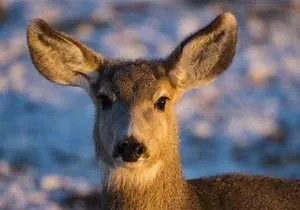PRATT – According the U.S. Fish and Wildlife Service’s (USFWS) 2015 Trends in Duck Breeding Populations survey, overall duck numbers remain strong as we enter the 2015-2016 hunting seasons. The USFWS stated that total populations were estimated at 49.5 million breeding ducks in the traditional survey area, which is 43 percent above the 1955-2014 long-term average and the highest count on record. Last year’s estimate was 49.2 million birds.
According to the report, current species estimates are as follows:
- Blue-winged teal: 8.5 million, 73 percent above the long-term average.
- Green-winged teal: 4.1 million, 98 percent above the long-term average.
- Northern shoveler: 4.4 million, 75 percent above the long-term average.
- Northern pintail: 3.0 million, 24 percent below the long-term average.
- Mallard: 11.6 million, 51 percent above the long-term average.
- Gadwall: 3.8 million, 100 percent above the long-term average.
- American wigeon: 3.0 million, 17 percent above the long-term average.
- Redhead: 1.2 million, 71 percent above the long-term average.
- Canvasback: 0.76 million, 30 percent above the long-term average.
- Scaup: 4.4 million, 13 percent below the long-term average.
Waterfowl hunting seasons in Kansas will begin with the teal season in the Low Plains Zones Sept. 12-27, followed by the High Plains Zone Sept. 19-27, 2015. Regular duck and goose seasons will be approved by the Kansas Wildlife, Parks and Tourism Commission at the public hearing portion of its August 20 meeting, which will be held at the Kansas Wetlands Education Center, 592 NE K-156 Highway, Great Bend. The public hearing will begin at 6:30 p.m. Waterfowl hunters are required to possess a Kansas HIP permit, state waterfowl permit, federal waterfowl stamp, and Kansas hunting license, unless exempt.
For more information on Kansas waterfowl seasons, visit ksoutdoors.com.
To view a complete version of the data, and get a species-by-species breakdown, visit www.fws.gov/birds/news/150702trend.php, or www.ducks.org/DuckNumbers.




